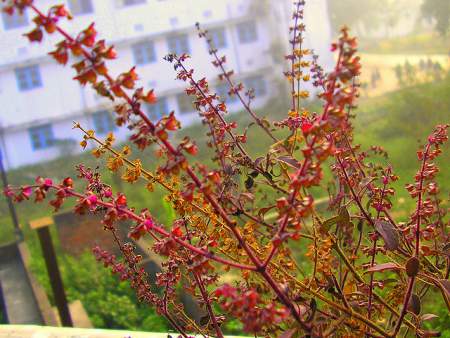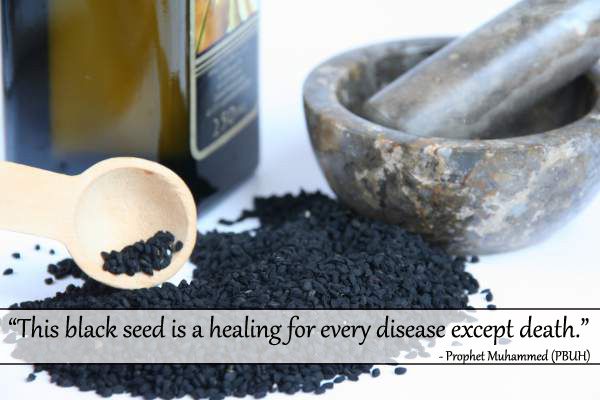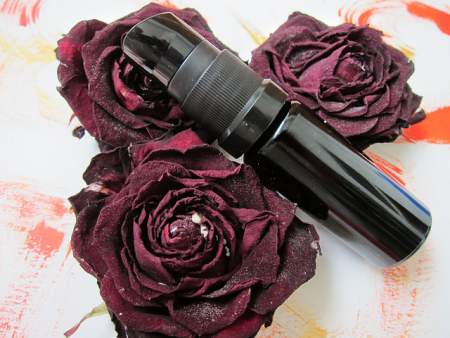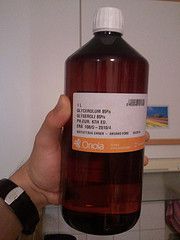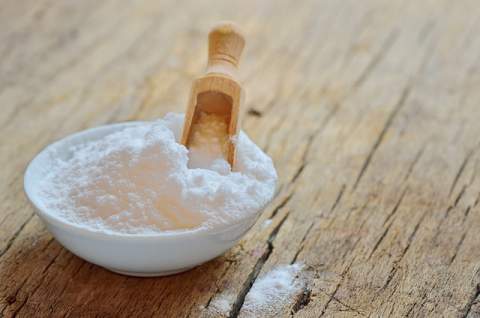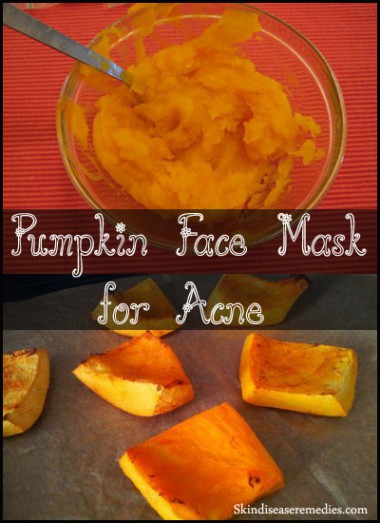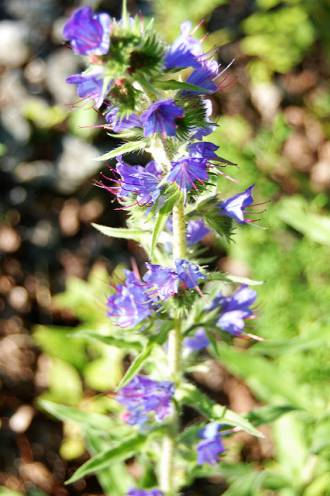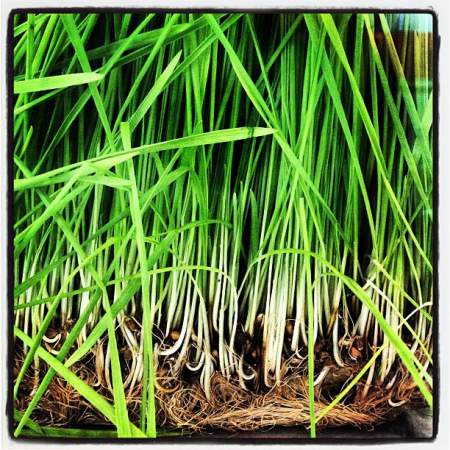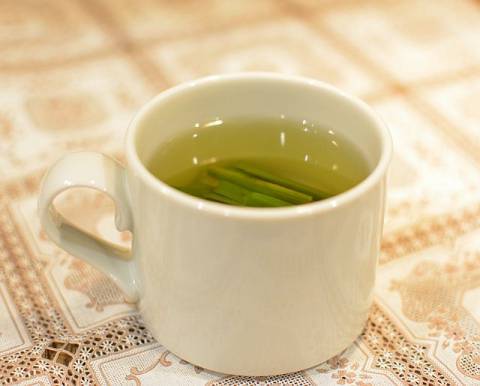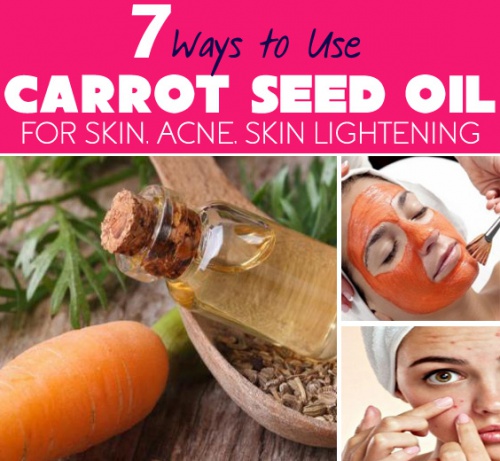
Carrot seed oil is derived through a steam distillation process of dried Daucus carota seeds (a wild carrot). Similarly, carrot oil (carrier oil) is extracted from roots of similar carrot. In this article, you’ll learn about benefits of carrot seed oil for skin.
Everyone desires to have supple and spotless skin, which can’t be achieved by cosmetic creams. Because these media promoted products are incorporated with chemical ingredients that strip natural oil from your skin.
Is Carrot Seed Oil Good for Skin?
Both essential and carrier oils of this wild carrot are prominent for reducing wrinkles, treating acne and skin whitening abilities.
- Carrot seed essential oil is packed with carotenoids, which exhibits antioxidant ability. It helps to reduce wrinkles, fine lines, and oxidative stress.
- Scientist state that carotol packed in this oil exhibit moisturizing, vitamin C and vitamin E
- Topical application of this oil will help to regulate excess sebum production and help to get rid of oily skin.
- Its exceptional healing ability soothes minor sunburns, restore damaged skin cells and promote cell regeneration.
- Carrot seed oil is packed with the anti-inflammatory property that can help to reduce inflammation triggered due to ailments.
- Topical application of this essential oil (blend it any carrier oil) can make your skin firm and shrink large skin pores.
- Dark spots, scars, stretch marks and other skin disorders on your skin can be reduced with the topical application of this natural ingredient.
- Skin whitening and moisturizing abilities packed in carrot seed essential oil are helpful to obtain radiant skin.
DIY Recipes: Carrot Seed Oil for Skin
Beauty experts say that direct application of essential oil isn’t recommended, as it can irritate your sensitive skin.
Oils that can you blend with carrot seed essential oil are bergamot, cedarwood, cinnamon, fennel, rosemary, geranium, lime, orange sweet and frankincense.
Below listed are different recipes, choose the one that suits your skin type.
#1 Carrot Seed Oil for Skin Lightening
In this recipe, you’ll need
- 4 drops of lemon oil
- 2 tablespoons of argan oil
- 7 drops of carrot seed oil
Rich in antioxidant, argan oil can effectively reduce wrinkles. It’s exfoliating and moisturizing ability helps to obtain glowing skin.
Topical application of lemon oil will help to improve your skin complexion. It also nourishes your skin and makes it supple.
Procedure:
- Mix all listed ingredients and shift it to the amber dropper bottle.
- Wash your face and apply 2-3 drops of this lotion regularly before going to bed.
- Rinse it off in the morning.
#2 Carrot Seed Oil and Almond Oil
Vitamin A, B, and E housed in almond oil can hydrate, rejuvenate and nourish your skin. It un-clog your blocked skin pores and promotes collagen production.
It protects your skin from environmental irritants and harmful UV rays.
Procedure:
- Mix 1 tbsp of carrot seed oil with 1 tbsp of almond oil in a bowl.
- Wash your face and pat dry using a dry
- Now gently massage this lotion over the face and around the neck.
- Leave it to dry for 15-20 minutes.
- Rinse it off.
#3 Carrot Seed Oil for Wrinkles
In this recipe, you need 200 ml of pomegranate oil and carrot seed oil.
Pomegranate oil is renowned for its hydrating and soothing abilities. Antioxidant ability exhibited by this oil can effectively reduce the appearance of wrinkles on your face.
It also protects your skin from irritants and harmful UV rays.
Procedure:
- Take carrot seed oil and pomegranate oil in equal quantities.
- Mix them and add 10 ml of vitamin E oil to make it perfect for your dry skin.
- Apply this homemade mask over pre-washed face and rinse it off after 20 minutes.
- Repeat the process twice or thrice in a week.
#4 Cucumber, Beetroot, and Carrot Seed Oil
Cucumber is renowned for its watery rich content. It can effectively soothe and hydrate your skin. Healing ability of this home ingredient can treat ailments like acne and eczema.
Vitamins and minerals residing in beet juice help to improve your complexion and fade dark spots. Internal consumption and topical application both are beneficial for your skin. (Source)
Procedure:
- Mash cucumber and beetroot to collect the juice in a bowl.
- Mix 4 tbsp of cucumber juice, 4 tbsp of beet juice and ½ tbsp of carrot seed oil in a bowl.
- Wash your face and apply this face mask evenly all over the face.
- Leave it to dry for 15-20 minutes and then rinse it off with normal cold water.
#5 Lemon Juice and Carrot Seed Oil
Lemon is packed with bleaching, cleansing, and antibacterial abilities. Vitamins residing in this innate ingredient can improve the elasticity of your skin.
However, excess use of lemon juice can make your skin sensitive.
Procedure:
- Take ½ teaspoon of carrot seed oil and mix few drops of lemon juice to it.
- Also, add ½ tsp of brown sugar and 2 tbsp of distilled water.
- Optionally, mix 3 drops of vitamin E oil to this lotion.
- Apply it over pre-washed face and leave it to dry naturally.
#6 Carrot Seed Oil for Acne
Jojoba oil is prominent for its ability to treat acne and control excess sebum production. It tricks your skin to produce less sebum and this helps to get rid of oily skin.
It’s antibacterial and anti-inflammatory abilities help to treat chronic skin ailments like acne, eczema, and psoriasis. (Source)
Procedure:
- Mix 2 tablespoons of carrot seed oil with 1 tablespoon of jojoba oil.
- Apply this mixed solution on pre-washed
- Rinse it off with water after 20 minutes.
Before applying the mask, expose your face to steam to open blocked skin pores.
#7 Carrot Seed Oil and Rosehip Oil
Rosehip seed oil is packed with vitamin A, vitamin C, fatty acids, gamma linolenic acid, vitamin E, and D.
Topical application of this oil helps to protect your skin from wrinkles, eczema, acne and other skin disorders. (Source)
Procedure:
- Mix all these ingredients 1 tablespoon of rosehip seed oil, ½ tbsp of jojoba oil, ½ tbsp of pomegranate oil, 10 drops of vitamin E oil, 10 drops of lavender oil, 2 drops of carrot seed oil and 3 drops of helichrysum (Source)
- Mix thoroughly and apply it over pre-washed
- Use this lotion regularly before going to bed.
Tips on Using Carrot Seed Oil for Skin
- As mentioned high concentration of these ingredients may irritate your skin. So, patch test before applying it on the face.
- Moisturize your skin with rose water or olive oil after this face mask treatment.
- Include vitamin rich diet to make your skin healthy internally.
- Watery rich fruits and vegetables are good for your skin.
- Excess use of chemical included creams isn’t good for your skin.
- Do regular exercise and avoid stress.

